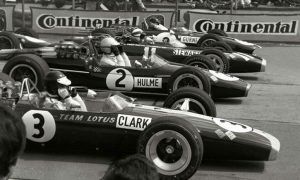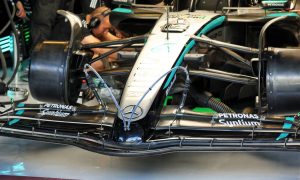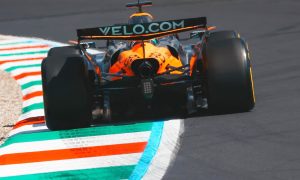
One race in, Formula 1 teams have already rolled out their first flurry of updates, marking the start of the sport's development race.
The FIA confirmed that seven outfits have implemented upgrades or modifications in Saudi Arabia, while three teams are competing with unchanged cars.
Unsurprisingly, the majority of the changes are circuit specific and cater to the high-speed profile of the Jeddah Corniche Circuit.
Red Bull doubles down on straight-line speed for Jeddah
Fresh off their dominant Bahrain showing, Red Bull arrives in Jeddah with a revised RB20 honed for the high-speed nature of the track. Key updates target reduced drag for increased straight-line performance, with a calculated risk on cooling efficiency.
The most prominent change is a new, lower-drag engine cover. This sleek design prioritizes minimal aerodynamic resistance over outright downforce. Additionally, a bodywork panel previously serving a dual purpose – shaping the suspension aperture and acting as a cooling exit – has been shrunk. This reduction is possible due to Jeddah's higher average speeds, allowing for less cooling capacity without exceeding safe Power Unit operating temperatures.

The aerodynamic package receives further refinement with a lower camber rear wing. This translates to less overall aerodynamic load at any given speed, again prioritizing reduced drag over maximum downforce generation. Complementing this approach, a smaller beam wing with a similar focus on minimizing drag has also been introduced.
Mercedes targets rear-end stability with W15 tweaks
For Jeddah, Mercedes has opted for a focused update on their W15, solely modifying the car's rear corners to optimize local aerodynamic load. This modification revolves around a lower deflector rotation. By reducing the load acting on the forward element, Mercedes aims to enhance the overall robustness of the lower deflector across various ride height configurations.

Ferrari prioritizes drag reduction with carry-over wing
Mirroring Red Bull's approach, Ferrari has opted for a low-drag configuration on their SF-24 for Jeddah. This update centers around a direct carry-over of the lower downforce top rear wing design utilized in their 2023 car. The upper-wing "depowered" profiles are well-suited for high-speed tracks where downforce demands are minimal.
Furthering their focus on aerodynamic efficiency, the team has also introduced revisions to the lower beam wing. Two variations are available, including a single-element configuration. These tweaks aim to optimize overall aerodynamic efficiency for the low-drag demands of the Jeddah circuit.
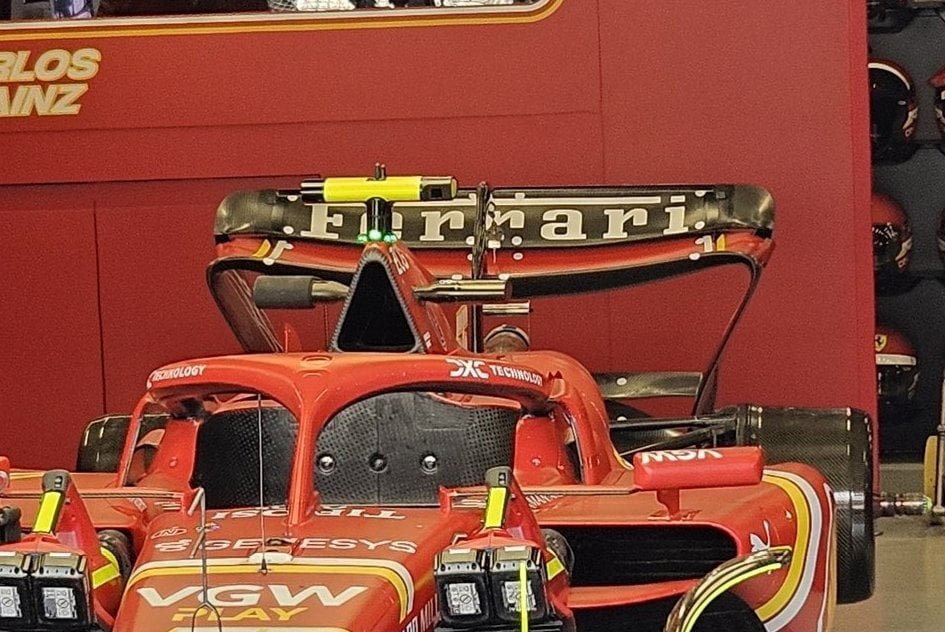
©AlbertFabrega
McLaren joins the low-drag party with MCL38 tweaks
Following the trend, McLaren has equipped their MCL38 with a circuit-specific update targeting reduced drag. This update consists of a new rear wing assembly featuring an offloaded mainplane and flap design. This configuration effectively reduces both downforce and drag simultaneously.
Further optimizing the aerodynamic package, the team has introduced a revised beam wing geometry. This revision includes new upper and lower elements that, when working in conjunction with the new rear wing assembly, further enhance the efficient removal of drag and downforce for the high-speed demands of Jeddah.

Aston Martin goes beyond low-drag with AMR24 update
While Aston Martin joins the pack with a low-downforce rear wing featuring a less aggressive cascade and multiple flap options – a standard choice for the high-speed Jeddah circuit – they've also introduced a distinct performance-oriented update.
This update focuses on a revised scoop design with modifications to both the inlet and exit at the front corners. Additionally, a modified stay for the rear deflector has been implemented. These geometrical changes aim to manipulate airflow around the tyres, strategically reducing the aerodynamic impact further down the car's bodywork. This suggests Aston Martin might be taking a calculated risk, prioritizing potential performance gains beyond just straight-line speed.
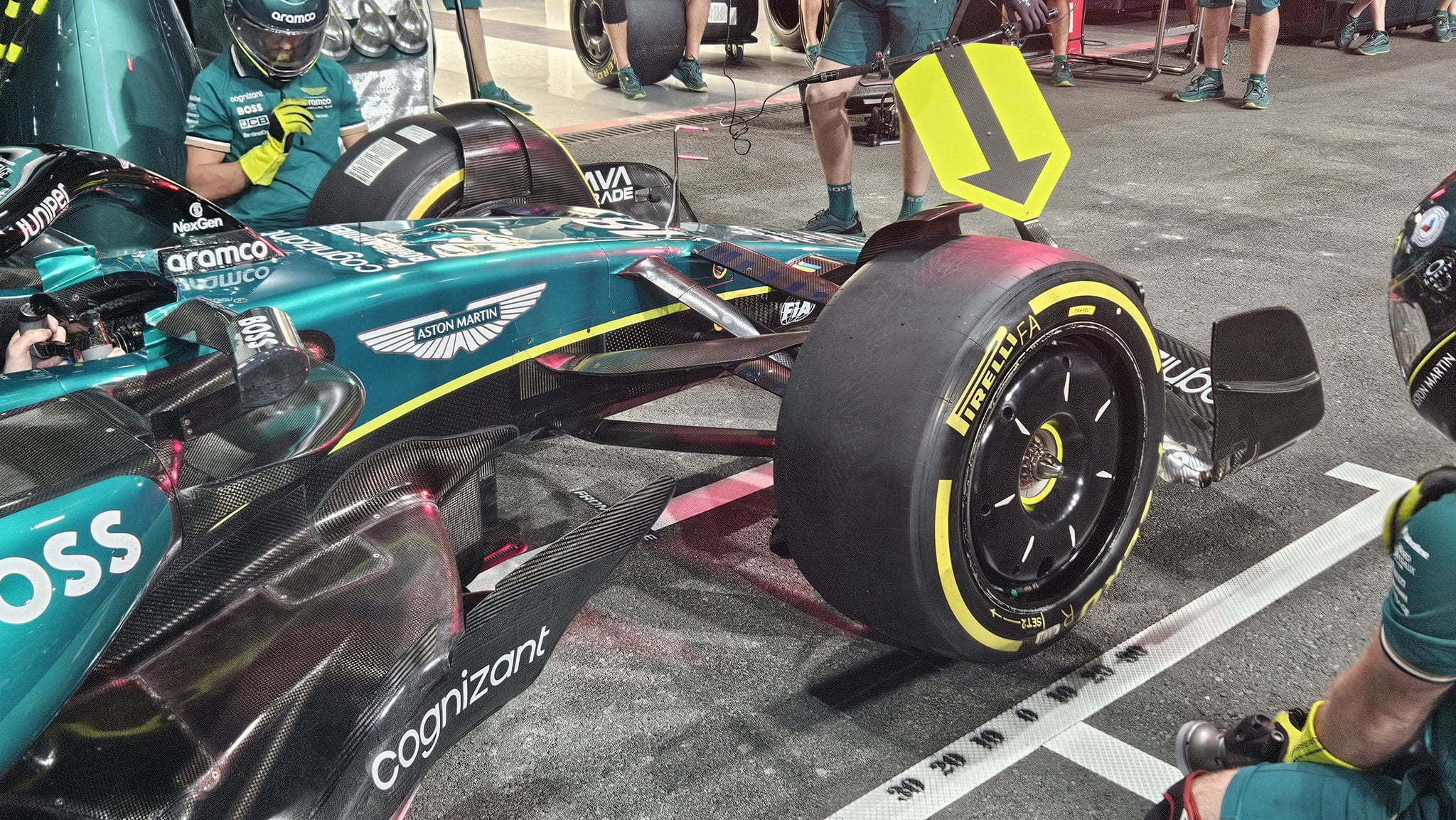
©AlbertFabrega
Williams optimizes FW46 for Jeddah
Focusing on circuit-specific adjustments, Williams has equipped their FW46 with a revised beam wing. This update involves a trimmed trailing edge, effectively reducing the overall chord length. This reduction directly translates to lower downforce and drag from the rear wing assembly, bringing the car closer to the optimal drag level for Jeddah's high-speed layout.
Furthermore, the team has implemented modifications to the front brake ducts. These changes involve a smaller exit design, aimed at restricting the cooling airflow directed towards the front brakes. This allows for adjustments to the brake temperature range, potentially offering a balance between efficient cooling and aerodynamic gains.
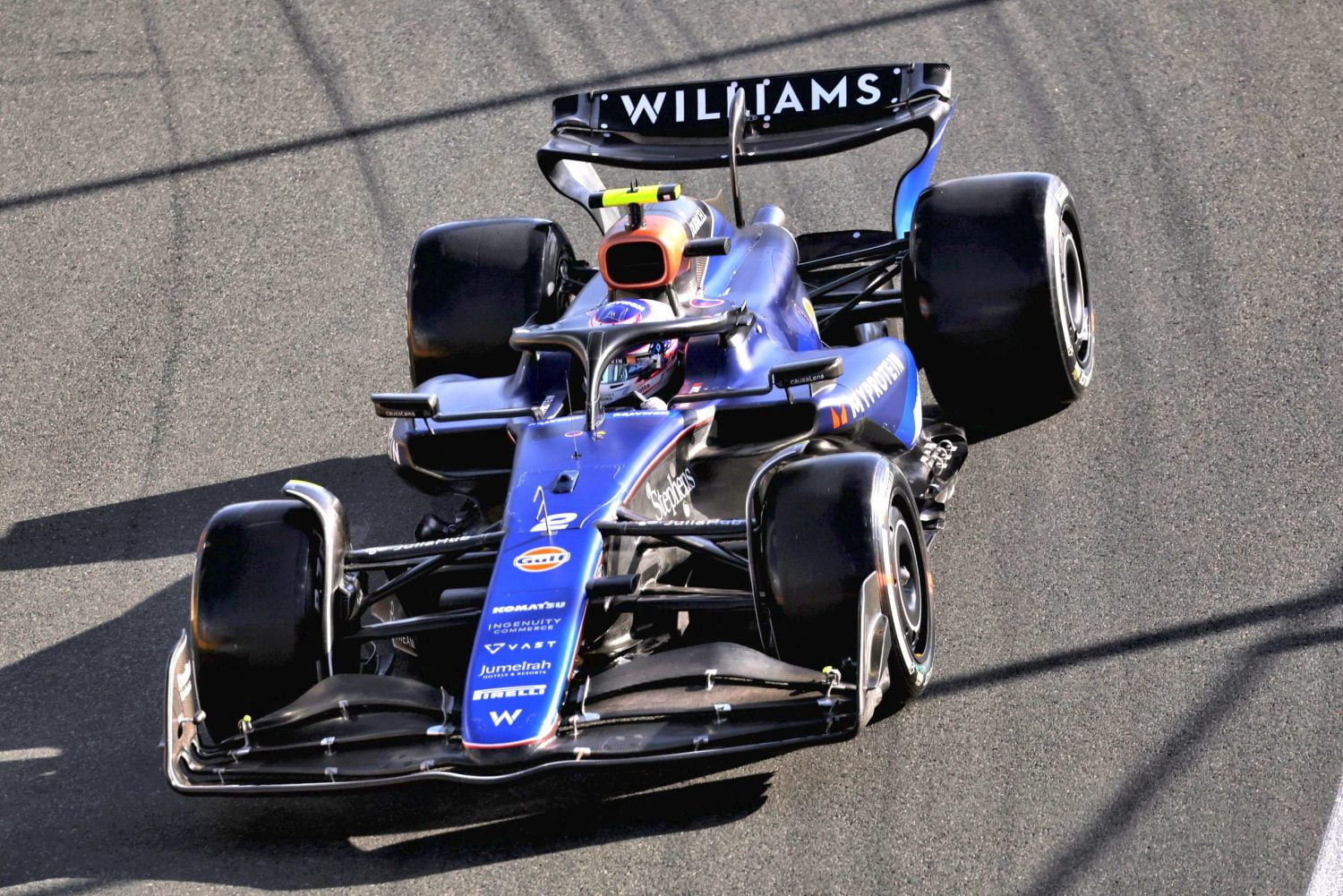
AlphaTauri takes the crown for most updates with VCARB 01
The VCARB 01 boasts a comprehensive upgrade package aimed at both performance and cooling efficiency. The most prominent change lies in the revised shape and slope of the engine cover's top deck. This modification optimizes airflow quality as it travels towards the car's rear, offering a clear performance-focused benefit.
To address potential cooling demands, the team has introduced optional cooling louvres in the same area. These louvres not only increase the car's overall cooling capacity but also enhance airflow through the radiators.
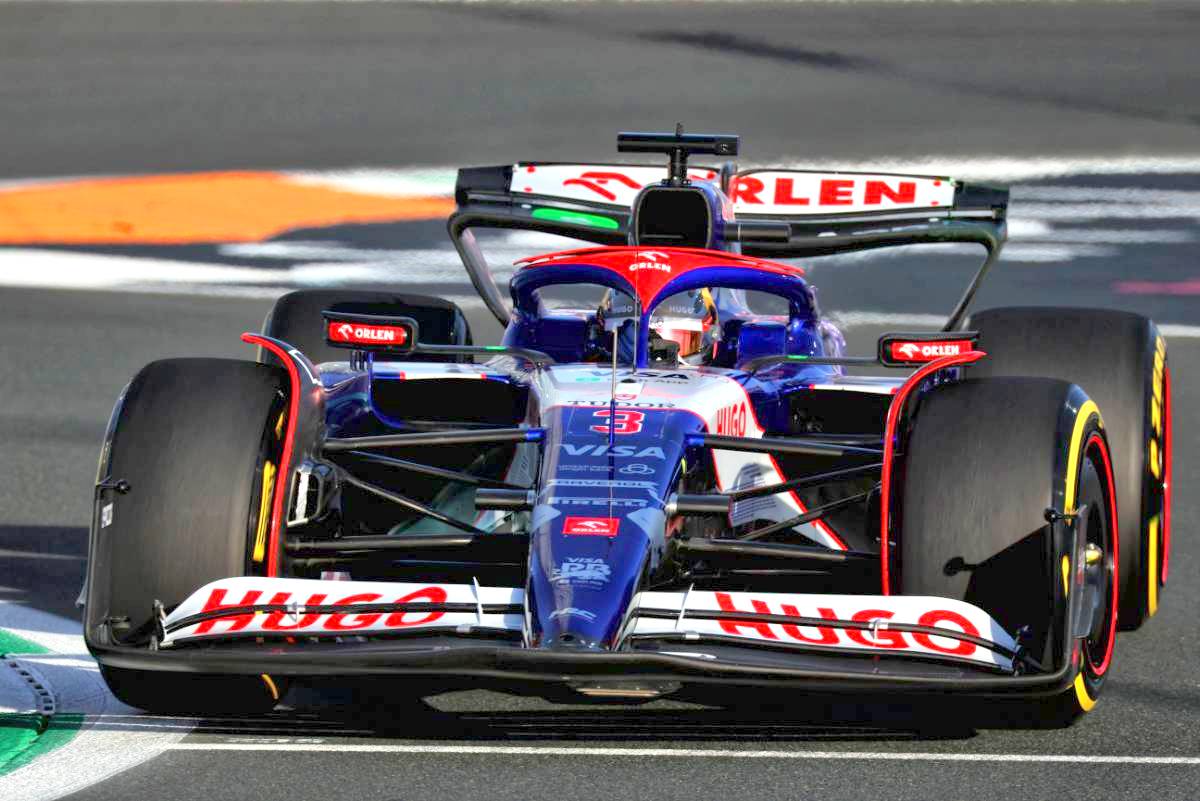
Further options include a front wing balance adjustment. This update involves trimming the flap chord, allowing for a lower front wing load. This, in turn, facilitates tuning the car's balance for lower rear wing configurations.
Completing the package, RB has also brought a reduced camber and incidence rear wing, offering a lower drag level as an option for the high-speed Jeddah circuit.
Haas, Stake, and Alpine haven't brought any upgrades to their cars for the Saudi Arabian Grand Prix, sticking with the same specifications they raced with in Bahrain.
Keep up to date with all the F1 news via Facebook and Twitter



